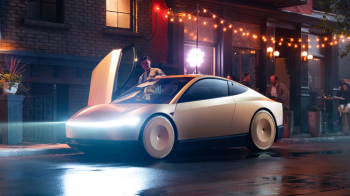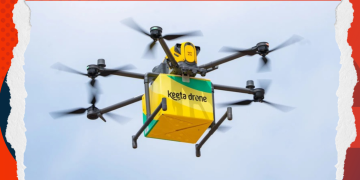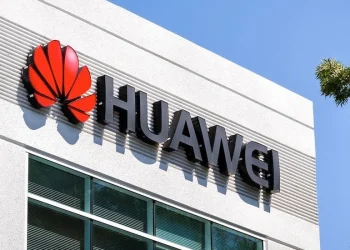After years of predictions and missed deadlines, Elon Musk’s vision of Tesla robotaxis has finally materialized on the streets of Austin, Texas. Earlier this week, Tesla officially launched its long-awaited autonomous taxi service, marking what Musk called “the culmination of a decade of hard work.”
The Launch Details
The inaugural Tesla robotaxi service began with a characteristically quirky Muskian touch – a flat fee of $4.20 per ride. This pricing is a cheeky reference to “The Hitchhiker’s Guide to the Galaxy,” where 42 is the “answer to the ultimate question of life, the universe, and everything,” while 420 also nods to cannabis culture – both favorites in Musk’s cultural lexicon.
The service operates with significant limitations for now:
- Fleet size: About 10 modified 2025 Tesla Model Y SUVs
- Operating hours: 6:00 AM to 12:00 AM daily
- Coverage area: A geofenced zone in South Austin
- Safety measures: Tesla employees ride as “safety monitors” in the front passenger seat
- Weather restrictions: Service may be suspended during inclement weather
- Age limit: No passengers under 18 years old
What Makes Tesla Different
Tesla’s approach diverges significantly from competitors like Waymo, which already provides 250,000 paid rides weekly across multiple cities. While Waymo uses a combination of cameras, radar, and lidar sensors along with carefully mapped routes, Tesla relies primarily on cameras and AI – what they call an “end-to-end AI” approach.
This camera-only strategy is both Tesla’s potential advantage and its biggest risk. It could provide a significant cost advantage over competitors, but raises questions about safety in poor visibility conditions.
Early User Experiences
The launch was carefully orchestrated with invited Tesla enthusiasts and influencers. Videos shared on social media showed users downloading a new Tesla robotaxi app and successfully completing rides to local destinations. However, there were some concerning observations: one witness reported seeing a robotaxi suddenly brake twice in intersections when passing police vehicles, though the reason remains unclear.
Regulatory and Competitive Landscape
The timing is particularly interesting given Texas’s evolving regulatory stance. Governor Greg Abbott signed new legislation requiring state permits for autonomous vehicle operations, though this doesn’t take effect until September. The law represents a shift from Texas’s previously hands-off approach to AV regulation.
Tesla faces established competition in Austin itself, where Waymo already operates commercial robotaxi services. At least three other companies – Amazon’s Zoox, Volkswagen, and startup Avride – are also testing autonomous vehicles in the city.
The Bigger Picture
This launch comes at a time for Tesla, whose car sales have slumped globally in recent months. The robotaxi service is central to Musk’s vision of Tesla owners being able to earn money by letting their cars operate as autonomous taxis when not in use – a concept that some analysts remain skeptical about.
As University of Texas transportation engineering professor Kara Kockelman told The New York Times: “I don’t think a lot of people want to let go of their Teslas.”
What’s Next
The Austin launch is just the beginning of what Musk envisions as a massive autonomous transportation network. Tesla plans to expand to other cities by the end of 2025, though many industry experts caution that full-scale deployment could take years or even decades.
Carnegie Mellon University’s Philip Koopman put it perfectly: even a successful Austin trial would be “the end of the beginning – not the beginning of the end.”
For now, Austin residents with early access invitations can experience what might be the future of transportation – complete with safety monitors, geographic restrictions, and that distinctly Muskian $4.20 price tag. Whether this limited launch will scale into the transformative robotaxi network Musk has promised for over a decade remains the trillion-dollar question that Tesla’s valuation depends on answering.














